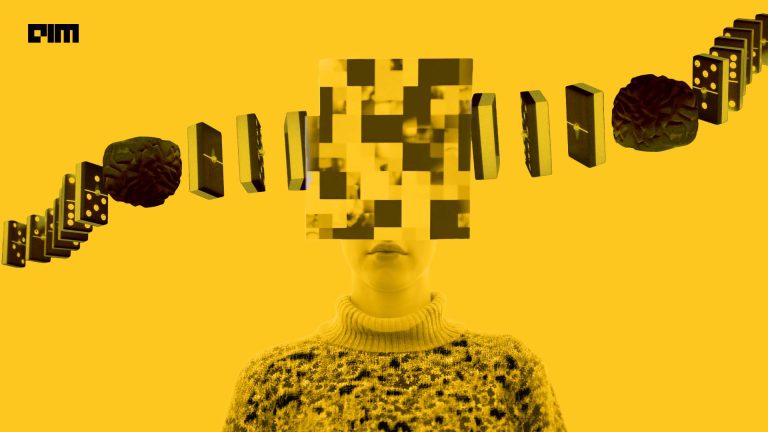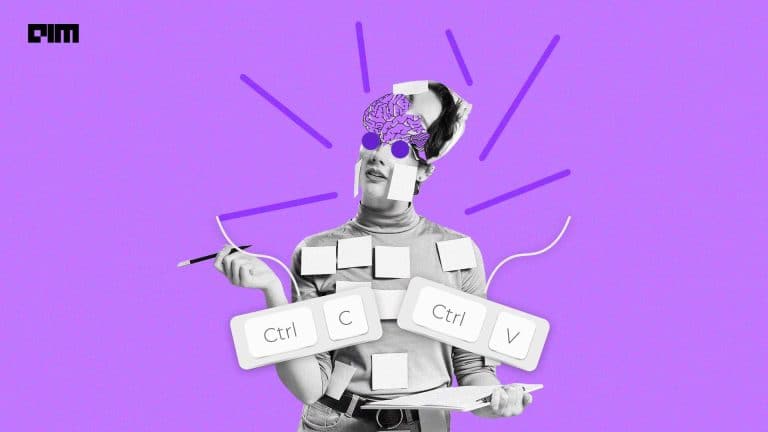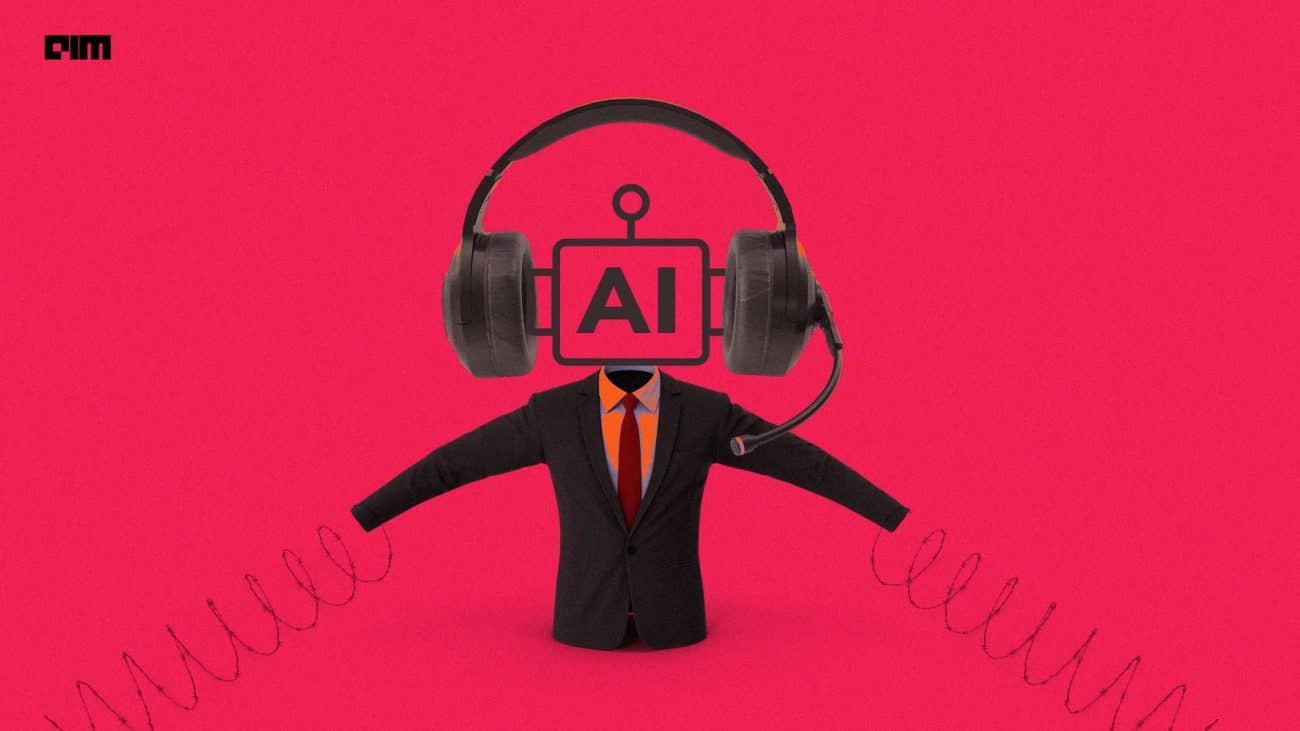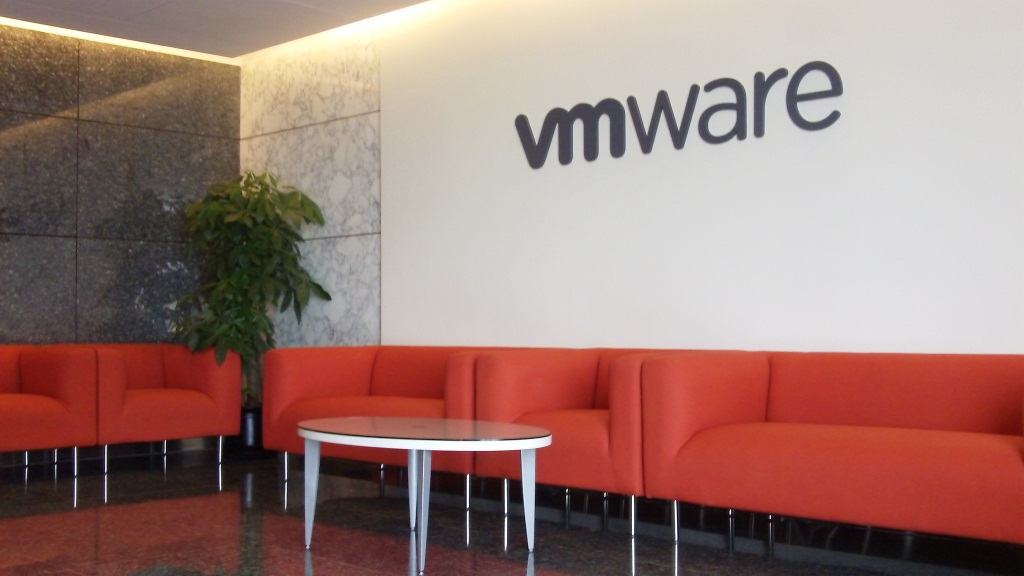|
Listen to this story
|
Tata Technologies has cracked the code on generative AI. Recently, the company told AIM that it has built a solution (design studio for automotive selling) using Llama 2 and Stable Diffusion 3 which will revolutionise the design process for automotive companies. This new solution is expected to enable rapid prototyping and visualisation of design changes, reducing the time for design iterations.
During the design process of an automobile, it’s common to undergo multiple changes before finalising one. “With this solution, engineers won’t need to use design softwares like Autodesk Maya, which can be quite expensive and cumbersome,” said Santosh Singh, executive vice president at Tata Technologies, adding that their solution is much more cost-effective and simple to use.
“The team uses generative AI to develop multiple design options on the fly. It helps reduce design time, engineering time, and product development time,” he added.
Singh said that car manufacturers can effortlessly introduce new models by modifying the existing design, like altering the front section, using generative AI. They simply need to mask the desired area of the vehicle for changes and input the prompt describing the new design.
He further said that Tata Technologies generative AI solutions are compatible with Azure and AWS as well as opensource models like Meta’s Llama 2 and Llama 3. “We are using open-source models because we can fine-tune them based on the requirement. With Llama 2, we have the base model ready; we just need to fine-tune and connect it with our internal data,” he added.
“We don’t run a model where we have to expose customer data to the cloud. The way we have designed our model is simple. It’s on the cloud only for LLM capabilities, the rest is within the premises, and we have a connector to train the data,” he explained.
Better than Autodesk Maya?
Industry-standard software like Autodesk Maya, CATIA, or Siemens NX are highly sophisticated. These programs offer a vast array of features for 3D modelling, simulation, and rendering, requiring significant training and practice to master effectively. Moreover, they can be expensive, making them less accessible to hobbyists or beginners.
Last year, Autodesk announced its plans to add generative AI capabilities across its suite of products. Its acquisition of Blank.AI’s generative AI capabilities enables rapid conceptual design exploration in the automotive sector. This allows for real-time creation, exploration, and editing of 3D models using natural language and semantic controls, eliminating the need for advanced technical skills.
Singh said that a major challenge Tata Technologies is facing today is to not be able to integrate its generative AI solutions to existing software like Siemens, Dassault, and Autodesk, which are used for designing vehicles. “These are all closed proprietary software systems, so they don’t allow external software to penetrate inside and access the designs,” he explained, saying this is where its Design Studio platform is quite flexible to use for companies.
What’s Next?
Tata Technologies has also built a Virtual Sales Assistant which helps people in sales to increase productivity by 15-20%. This AI-powered tool streamlines the sales process and empowers the front line sales team by providing them relevant product information on the go thereby optimises enhancing customer engagement and sales.
Moreover, the company has also developed the Warranty Analysis solution using generative AI which is very useful for identify the root causes of warranty claims and can empower the quality departments to identify and fix root cause of failure. The company is also currently working on two projects –a Factory Copilot solution. and Warranty Analysis using generative AI.
Factory Copilot aims to enhance productivity and quality in manufacturing plants by providing real-time support to workers through phone-based assistance, digital displays, and multilingual support.
“We are working with one of the biggest manufacturers in India to develop this. It’s currently in the R&D stage. We hope that in the next three months, we will have some clarity on how to make this happen,” said Singh.
On the other hand, Warranty Analysis and Repair Solutions leverage AI to optimise after-sales services, improving efficiency and customer satisfaction in warranty-related processes. “Through this solution, we are trying to reduce the analysis time and make it more accurate so that the team on the ground can get clear and correct insights on the problem,” said Singh.









































